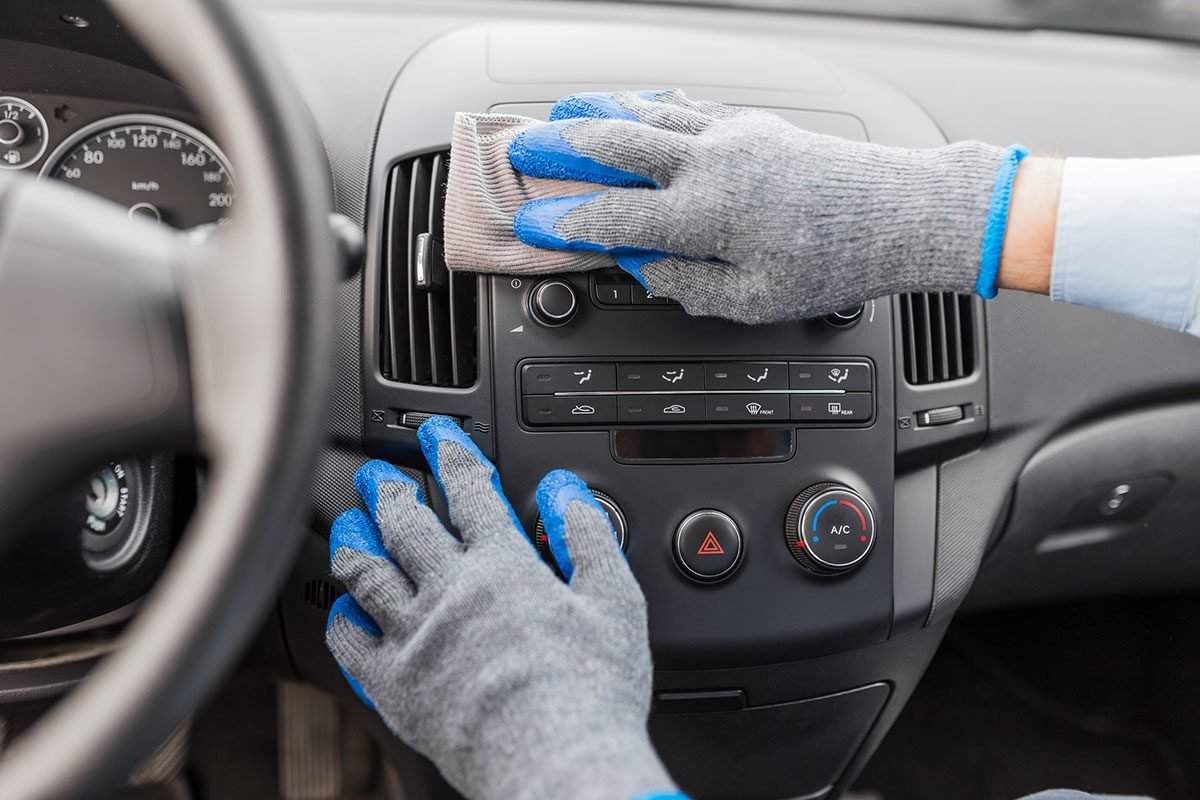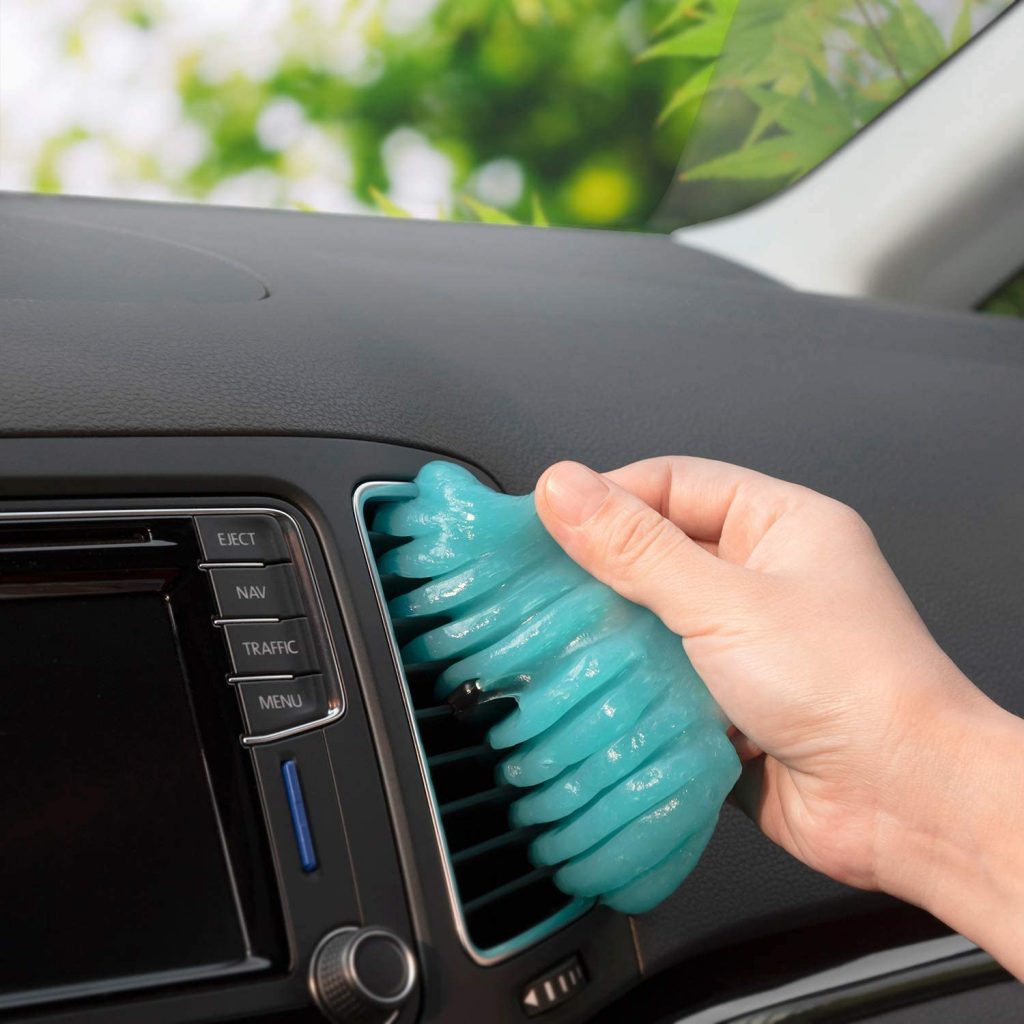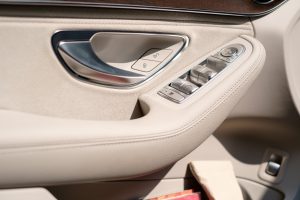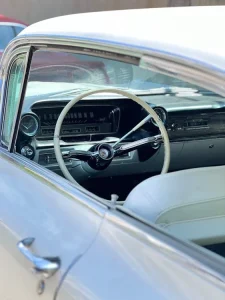Interior Car Detailing
Welcome back to the second and final part of our series on the basics of car detailing. In our previous entry, we covered exterior detailing, so now it’s time to look inside the car and take care of the interiors. This is where you vacuum and shampoo all the interior upholstery and other parts to eliminate dirt and stains, condition any leatherwork inside, and clean/polish the interior glass.
According to the expert detailers at Drexler Ceramic Miami Detailing Center – it comes as no surprise that interior car detailing requires more effort and time than exterior detailing. A dirty interior cabin not only has a bad odor but also adds to operational complications.
Dirty air exhaust spreads allergens about the cabin; stain and grit cause switches to fail, and hazy windows can obscure the view of a driver. In that case, cleaning a car’s interior is more than just washing with water and soap.
There are different ways to approach interior car detailing, depending on which high-end car detailer in Miami you choose to visit. However, the standard processes include:
Vacuuming – The first step to cleaning the interior of a car includes vacuuming seats, headliners, rear cargo area, trunk and shelf. To get the best out of vacuuming, the floor, mats and seat wells should be cleaned separately. As for the difficult areas that cannot be reached using a vacuum, an air compressor can be used.
Brushing and Steam Cleaning – This is used to clean carpets and mats. A thorough scrubbing is done on the mats in order to remove any stains and blemishes that may have accumulated over the past years. To be more effective, a steam-cleaner should be used. However, carpets should be left to dry completely to avoid mildew.
Glass Cleaning – A glass cleaner is used to clean the glass. It ensures that the glass remains sparkling and ensures the driver’s view is not obstructed.
Leather Trimming – A leather cleaner, saddle soap and leather soap are used to clean all the leather parts. As for the soapy areas, a damp cloth is used to remove the excess soap. If the leather is dry, a conditioner customized for leather can be used to make cleaning more efficient.
Re-Vacuuming and Wiping – Re-Vacuuming is important just after vacuuming. Any dirt left in the interior cabin is removed. Dashboards and windows should be wiped clean with a clean cloth using a cleaning detergent. After all this is done, a car’s original shine is restored.
Perfuming – Finally, to leave the car with a good scent, a deodorant is used in the car.

Advantages of Interior Detailing
Prevent excess wear and tear – When you neglect to clean the inside of the vehicle, inner surfaces could develop excess wear and tear. Dust, dirt, and spilled particles can wear away at upholstery and other interior surfaces. In order to keep the inner space of the car in good shape for as long as possible, you need to clean it regularly.
Avoid health issues – Whenever you get behind the wheel of the vehicle, you enter a closed environment. If your car is filled with dirt and dust, these substances could make poor air quality. Detailing the interior will help you avoid allergies and other issues that can be associated with low indoor air quality.
Increase driving safety – If the windows, windshield, and side mirrors are covered with debris, they’ll affect your ability to see your surroundings during driving. Therefore, cleaning the exterior of these surfaces is critical for visibility, and overall driver’s safety.
Retain vehicle’s value – In case you sell your car in the future, it’s a good idea to set up regular detailing appointments. By detailing your vehicle, you’ll preserve the value of your vehicle. A car that is in proper cosmetic condition will be more appealing to buyers.
How Often Should You Detail Your Vehicle?
Unless you drive a significant amount, an interior detailing every three to six months should be enough. The first time you do the auto interior detail, expect it to take longer, especially if it hasn’t been cleaned in a while.
However, if you continue to detail a car at regular intervals, it will maintain that “new vehicle” appearance and feel for many years. It could bring hundreds or even thousands of extra dollars when you trade in or sell a car. We hope you’ve enjoyed this series and will consider detailing your car more often. Be sure to share your views in the comments below.





This is perhaps the whole encyclopedia as far as car detailing is concerned. I don’t think we need any more information as far as auto detailing is concerned.
The info mentioned here was great, and again the main thought was to have good use of these tools and how that can be done. This way there will be a lot of benefits enjoyed together. They should know that as well
Honestly, it is pretty challenging to find the right way or technique or way to find the right person or company for car detailing, and it requires a lot of effort. One might try to look for many different options, which is a good thing; however, it can cost time and sometimes money. So they have to decide then.